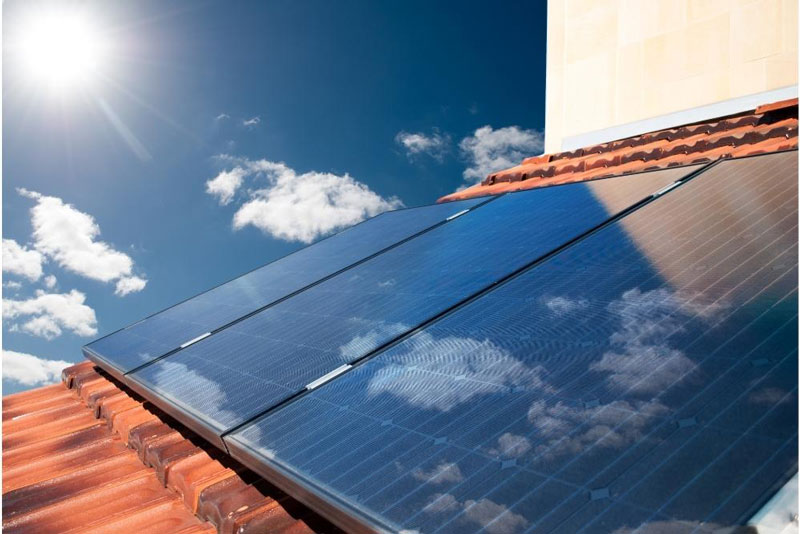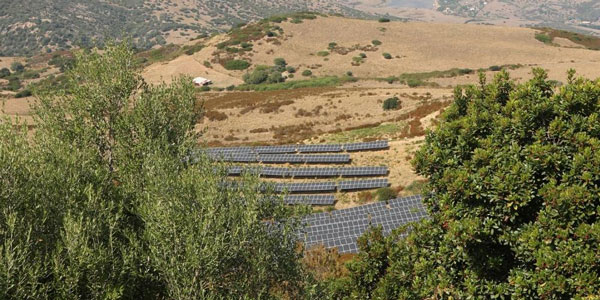Solar power has been hailed as the answer to increasing pollution, curbing greenhouse gas emissions, and fighting global warming. Although solar energy isn't ready for widespread commercial use yet, it's still worth looking at the progress countries have made so far in tapping into this clean power source. This article will compare top solar energy producers country by country to help you identify which countries are leading the way and which might be a good place to invest.
The primary focus will be on utility-scale photovoltaic (PV) solar systems because they can provide electricity over a longer time than rooftop systems. Looking at the top 10 producers is generally enough to give you an idea of how a global leader is doing. Still, it's also important to look at the top countries that produce solar energy.
1 – China
With over 100 million rooftops with solar panels, China is the world leader in solar energy production. However, several years ago, China loosened its restrictions on generating PV panels, and now over 300 million PV panels are installed across China (including 30 GW from utility-scale PV). China is also the largest producer of solar cells, but it's now a global manufacturer of crystalline silicon wafers. China produced over 2,000 MW in 2014 and over 20,000 MW in 2015. The Chinese government achieved a goal of developing 13 GW of PV solar energy in 2015 and later reached 100 GW in 2020. With its large domestic market, strong manufacturing capacity, and rapid growth in funding for renewable energy production, China is now a global leader in solar power.
2 – Italy
In 2012, Italy had the highest cumulative installed PV capacity among G-7 countries at 647 MW, followed by Spain (591 MW) and France (477 MW). Although Italy is one of the world's largest producers of solar energy, it has been a slower grower than countries like China and Spain. Many experts expect Italy to be a future leader in solar energy generation based on its large domestic market, strong manufacturing capacity, and long history of being a leader in solar energy production. The only major risk is that higher electricity rates and taxes could kill growth over time.

3 – Germany
Germany is another largest producer of solar power and has an installed capacity of about 59 GW. Germany and Italy have the largest solar power markets in Europe, while Spain and China are the two largest in the world. Germany has been a slow grower in solar energy production. Still, it has recently seen an increase in utility-scale PV installation and the development of new technologies to improve energy efficiency.
4 – Japan
Japan has about 50 GW of installed capacity for solar energy production. Since 2000, Japan has been one of the largest manufacturers of crystalline silicon cells for PV panels, and it's also a leading manufacturer of PV components like inverters, racking systems, and mounting systems. With a huge pool of skilled engineers, Japan is a global leader in solar technology.
5 – Spain
Spain has about 12.5 GW of installed capacity for solar energy production. Spain has the second-largest PV market in the world and was one of the first countries to aggressively develop and implement large-scale utility-scale PV systems. However, according to industry experts, Spain's PV market was pushed into a downward spiral once its feed-in tariff (FIT) program expired in 2017.

6 – India
Another largest producer of solar power in India with an installed capacity of over 10 GW. India is one of the fastest-growing PV markets in the world. It has recently developed strong manufacturing capabilities with companies like Suzlon. Other reports indicate that India could be one of the top solar energy producers by 2027.
7 – United State
United States has an installed capacity of just over 97.2 GW for solar power production. The U.S. has been a slow grower in solar energy production. Still, its market share is expected to increase as more projects get completed, more utility-scale projects come online, and new technologies advance.
8 – Italy
Another largest producer of solar power in Italy with over 22.56 GW of installed capacity from both rooftop residential and utility-scale panels. Like Germany, Italy has been a slow grower in solar energy production. Still, it has recently seen an increase in utility-scale PV installation and the development of new technologies to improve energy efficiency.
9 – Japan
Another largest producer of solar power in Japan with over 63.2 GW of installed capacity. The Japanese government is wasting no time developing large-scale utility projects and improving the manufacturing capability of Japanese PV companies.
10 – Canada
Canada is one of the largest producers of solar power, with just over 11 GW of installed capacity. Canada is also a leader in producing large equipment for rooftop PV systems, and its market share for home systems grew about 80 percent from 2009 to 2013. The only downside is that Canada has a large dependence on the U.S. for energy imports, which could create economic risks for the country.
Takeaway
The solar energy industry is growing rapidly, and these top 10 countries that produce the most solar energy are leading the way. These countries have committed to renewable energy, and their citizens are benefiting from it. Solar power is becoming more affordable daily, and it's a great option for homes and businesses. If you're interested in going solar, these are the countries to look at.

Apply for the Georgia Dream Homeownership Program

What Are Bump-Up and Step-Up CDs?

The Best Capital One Journey Student Card Review 2023

How to Sell a Car When You Still Have a Loan

Stores That Don't Take Credit Cards

How exactly does Eventbrite make money?

The Housing and Economic Recovery Act: Key Elements and Its Effects

Excel Can Help You Invest Better

How To File Back Tax Returns With The IRS

Mortgage Prequalification Explained: What It Is and How to Achieve It

Earnings Conference Call
